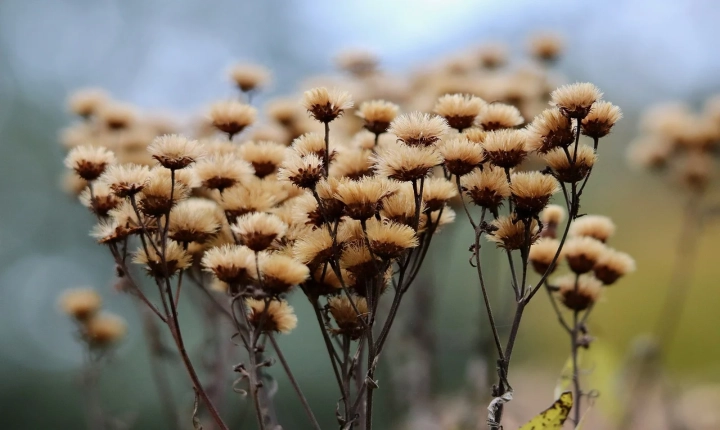Artificial intelligence (AI) has revolutionized many industries, and the world of art is no exception. With the use of AI, artists and creators have been able to explore new dimensions of creativity, as well as push the boundaries of traditional artistic expression. But what exactly is the AI that makes art, and how does it work?
One of the most prominent applications of AI in art is the use of generative adversarial networks (GANs). GANs are a type of AI model that consists of two neural networks, known as the generator and the discriminator. The generator creates new data, in this case, art, while the discriminator evaluates the quality of the art generated by the generator. Through a process of competition and collaboration, GANs can create incredibly realistic and evocative art pieces.
One of the most famous examples of GAN-generated art is the portrait “Edmond de Belamy” by the French art collective Obvious. This portrait, which was created using GANs, caught the attention of the art world in 2018 when it was sold at auction for over $400,000. This event marked a significant moment in the history of AI-generated art, demonstrating that AI-created pieces can hold significant value and capture the imagination of art lovers.
Beyond GANs, AI has also been used to create art in various other forms, such as music, literature, and even film. For example, AI-driven music composition tools can analyze vast amounts of existing music to generate new compositions that mimic the style of famous composers. Similarly, AI-based literature generators can create original texts that closely resemble the work of renowned authors.
While the capabilities of AI in art creation are impressive, they also raise important questions about the nature of creativity and the role of the artist. Some critics argue that AI-generated art lacks the emotional depth and personal touch that comes from human experience and expression. However, proponents of AI art contend that these technologies can be used as tools to enhance human creativity and push the boundaries of what is possible in the artistic realm.
In addition to creating art, AI has also been used to analyze and interpret existing works. For instance, AI algorithms can be used to identify patterns in art history, categorize art styles, and even predict the future trends in art. These analytical capabilities have proven valuable to art historians, curators, and collectors, providing new insights and opportunities for understanding and appreciating art.
As AI continues to evolve, so too will its impact on the world of art. It is clear that AI has the potential to unlock new levels of creativity and innovation, offering artists and creators powerful new tools to express themselves and engage with audiences in fresh and exciting ways. However, it is important to approach the integration of AI in art with thoughtfulness and care, ensuring that the unique qualities of human creativity and expression are not overshadowed or diminished.
In the end, the AI that makes art represents a convergence of technology and creativity, opening up a world of possibilities for the future of artistic expression. As AI continues to develop, it is likely that we will see even more groundbreaking collaborations between human artists and intelligent machines, which may fundamentally alter the landscape of art as we know it.
